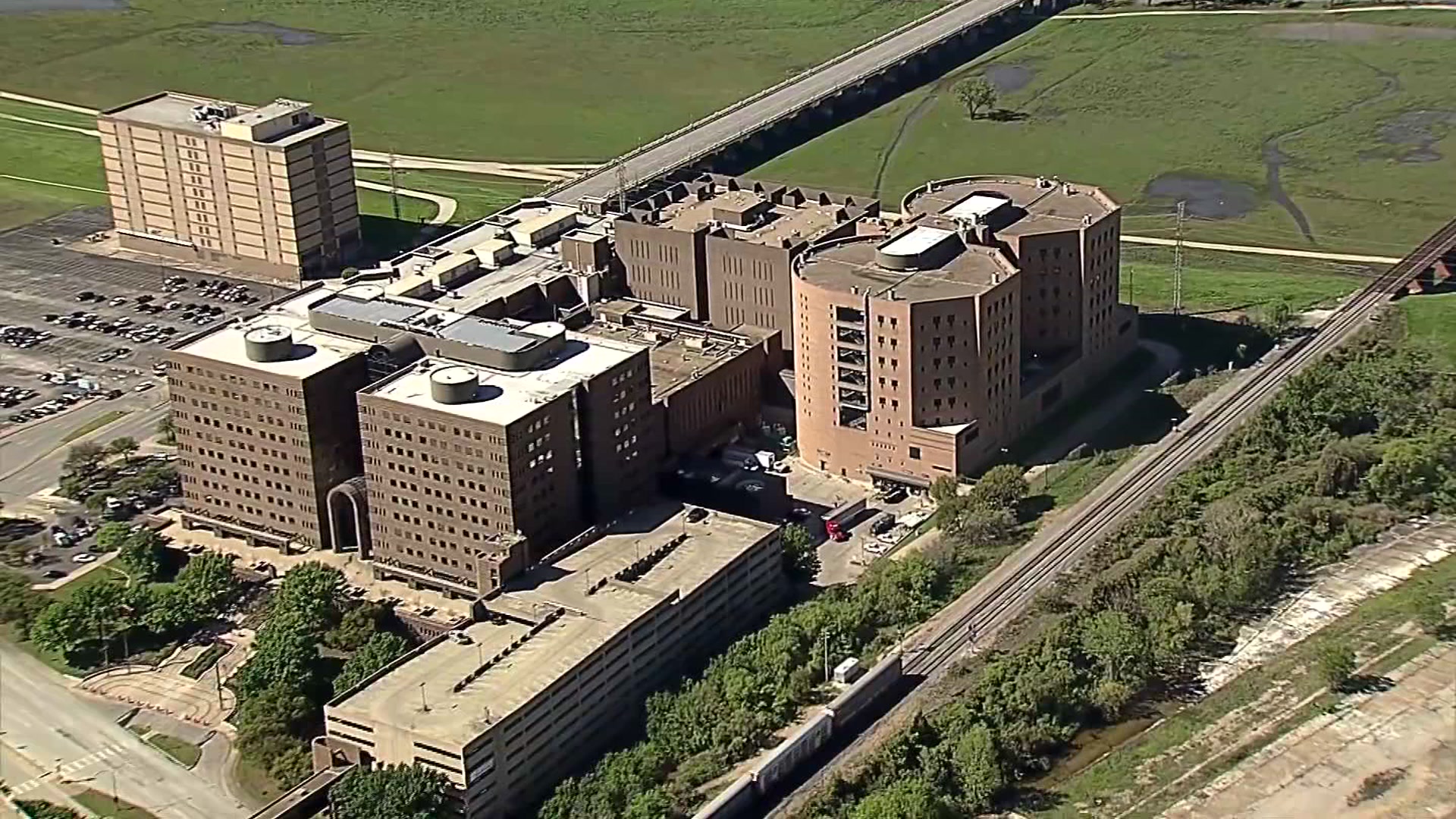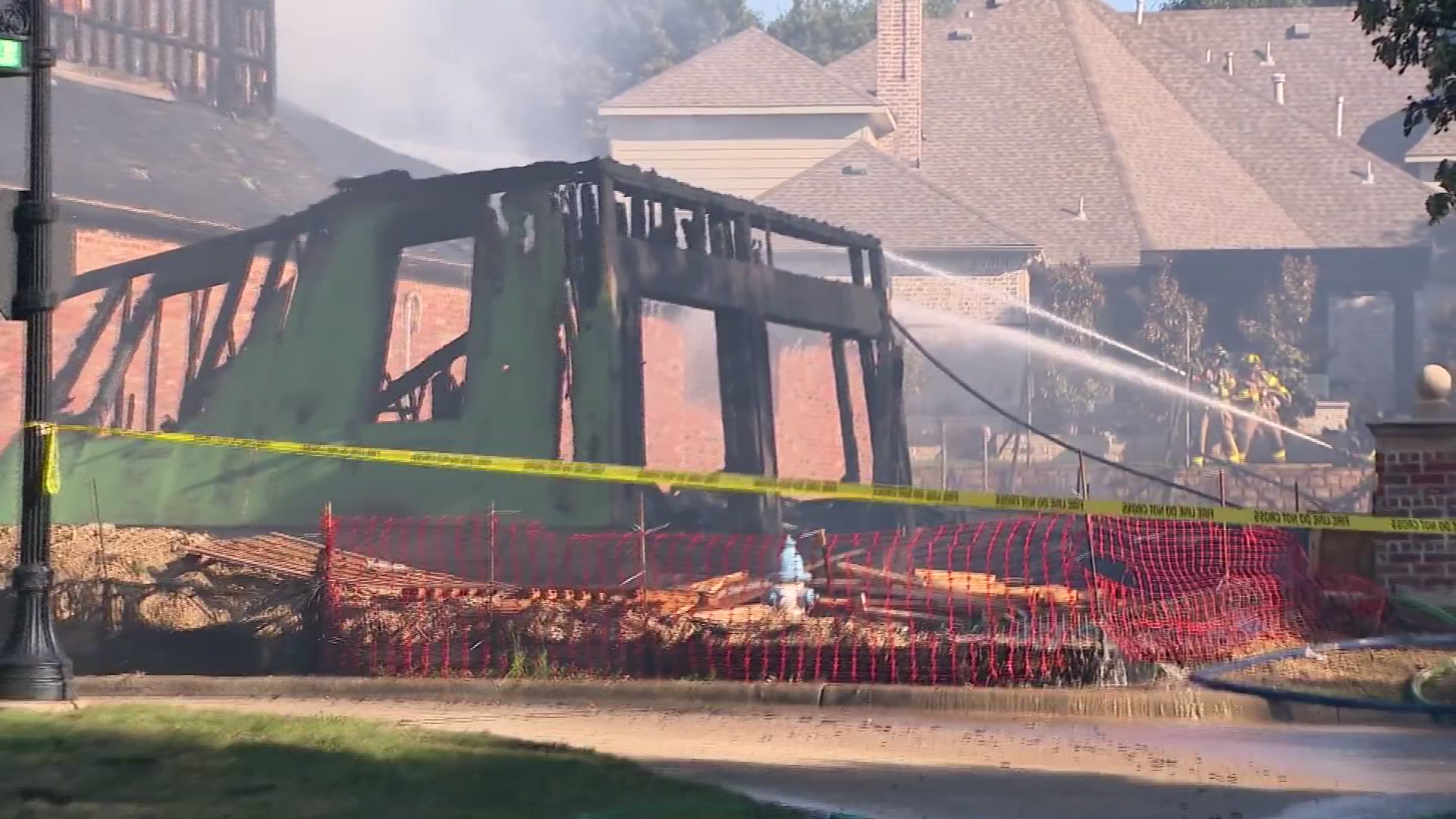It's been nearly a year since the city of Fort Worth started a race and culture task force, hoping to even the field for minorities in education, economic development and criminal justice.
On Tuesday, the task force gave an interim report to city council laying out the disparity in everything from unemployment to access to health services and good affordable housing. These are not new problems, but the task force is promising their work will not be a band aid.
In an East Fort Worth neighborhood, off Boca Raton Boulevard, there is an uninviting dead end.
"This street should go all the way through and it once did, I call it the Berlin Wall," said Bob Ray Sanders, a lifelong Fort Worth resident and former Fort Worth Star Telegram columnist and editor.
Sanders said the wall was built back in the ‘80s after black and Hispanic families started moving into what had been a primarily white neighborhood.
"In a way, this neighborhood represents what Fort Worth is, it's a city divided," Sanders said.
Now he’s working to change that, as one of the co-chairs of the Fort Worth Race and Culture Task Force.
Local
The latest news from around North Texas.
"We have not made a lot of progress in a lot of these areas,” Sanders said. “And in some areas we're about as bad as we were 30 years ago."
The task force laid out the disparity to city council on Tuesday
For instance, while they represent 19% of Fort Worth's population, African Americans made up 41% of all arrests in 2016 and 2017.
The black and Hispanic unemployment rate is around 6% compared to 4% for the city's white population.
And in education, 62% of white third grade students are reading at grade level compared to 32% for Hispanics and 20% for African Americans.
"Do you think that y'all presented anything that we didn't already know?" Coletta Strickland asked Sanders after the meeting.
Strickland is president of the Fort Worth and Tarrant County Minority Leaders and Citizens Council. She listened to the presentation Tuesday and left with more questions on how to break the cycle.
"What the numbers showed was that there's actually been regression," Strickland said.
Sanders says it comes down to where the city spends its money from schools, to street repairs and said there is a growing incentive to tear down what divides us.
"While you're trying to get Amazon and all those people to come in, they're not coming into a city that has a racial divide as great as ours," Sanders said.
The task force now turns to forming its recommendations for how to fix such a deep-rooted problem. They plan take their ideas back to town halls for public input before presenting to city council in December.



